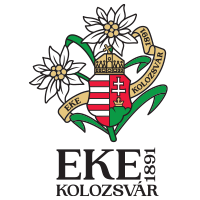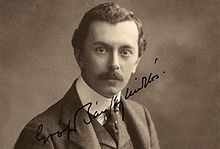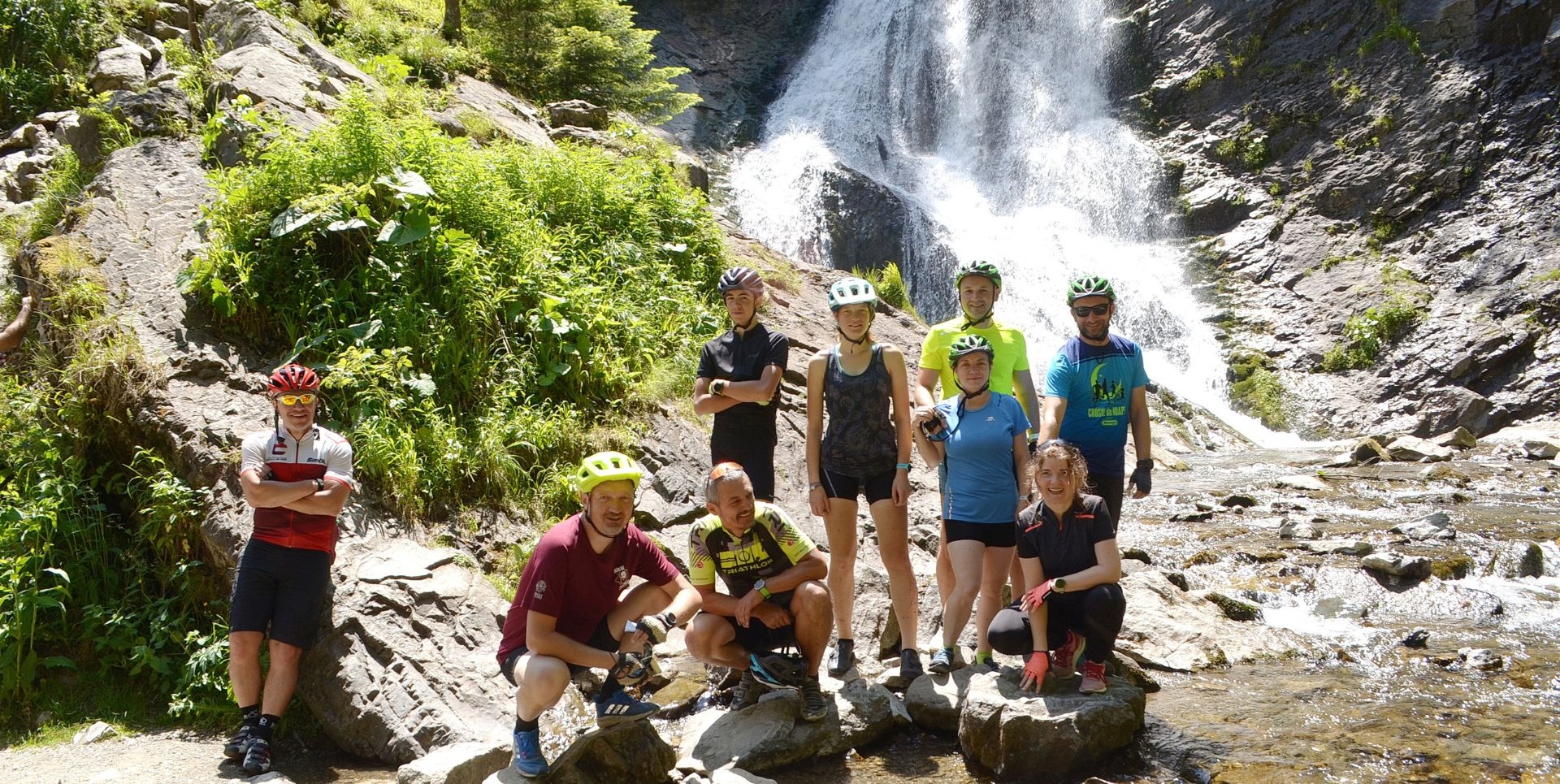
The newest memorial and endurance tour organized by the Transylvanian Carpathia Society – Kolozsvár 1891 is named for the writer and politician Miklós Bánffy, born in Kolozsvár (Cluj-Napoca). The ancestors of the last owner of the Bánffy Castle in Bonchida (Bonțida) and the Toldalagi-Korda Palace in Kolozsvár (Cluj-Napoca) are known to have lived in Bánffyhunyad (Huedin) and the surrounding area since the 15th century. Every summer during his childhood, the young Miklós Bánffy spent a month at Remete, near Sebesvár (Bologa), where his grandfather had a villa, and the boy was drawn to the surrounding mountains.
“With its three flat tents, the long-drawn-out Vlădeasa Mountain stretches to the south across the horizon. A few snow-fields and juniper patches can be seen on its slopes. Nothing else. No roundness. It is one single, pale greyness, as if it were a cloud. It rules the whole landscape in majestic grandeur. No wonder the ancients thought that gods lived on the peaks of the great mountains. (...) It was then that I roamed Kalotaszeg. I wandered through to many places. Beyond Hunyad to Sárvásár, Körösfő. (...) At other times to still other places. To the side of Kőhegy Mountain where, at the bottom of the cliff sits that little lake. It is immensely deep. Newts, wearing jet black, somewhat oversized outfits, are to be found in its crystal-clear water. From there, one sees a broad and undulated landscape. The broadest part of Kalotaszeg. It is golden-yellow in my memories, because harvest is approaching and there are wheat fields everywhere, far away to the hump at Bikal, to the vineyards of Hunyad. This is how Kalotaszeg is preserved in my memories. As if it were golden-yellow, as if the sun were always shining.” (Miklós Bánffy: Childhood Memories)
Miklós Bánffy who, even after the agrarian reform of 1921, owned 6700 acres of wood on Vlădeasa Mountain has hiked on the mountain several times. Archival sources bear testimony to this, as well as the beautiful natural descriptions of his own works, set in areas of his forest properties such as Dealu Botii, the Răchițele Waterfall, the Valea Seacă (Dry Valley) leading to Pietrele Albe (White Cliffs), Szkrind (Scrind), Meregyó (Mărgău), Kalota (Călata).
The people of Kolozsvár (Cluj) can be justly proud of this one-time sheriff of the county and of the city, president of the Erdélyi Szépmíves Céh publishing company, editor-in-chief of the Erdélyi Helikon periodical, and one of the main organizers of the Helikon literary meetings in Marosvécs (Brâncovenești). It was this same Miklós Bánffy who intervened to save Kolozsvár from becoming a front toward the end of the second world war.
Miklós Bánffy's memory is important for the whole Hungarian nation, since he was the one who presented Béla Bartók’s works for the first time at Budapest Opera House, and it was due to his efforts that in 1921 in the course of the Trianon Peace Treaty, the city of Sopron decided through a popular vote to be part of Hungary.
The English, French, Spanish, and Italian translations of his novel trilogy, A Transylvanian Tale, garnered international fame for the author and through him, for Transylvania, where Miklós Bánffy always longed to return.
“... from under the sunny Italian sky, from the refined internationalism of Paris, from the high career opportunities offered by the Hungarian capital, he always returned here, as if he were drawn by a mystical force, as if he had some important business and calling here (...) deep in his soul he was a Transylvanian, a direct projection, a late but immediate offshoot of that generation which, centuries earlier, with solid intellect and will, created history and culture here in Transylvania.”
(Aladár Kuncz: Miklós Kisbán. Ellenzék, 14th of October, 1923)
Compiled by Erzsébet Daray

 The
The 

